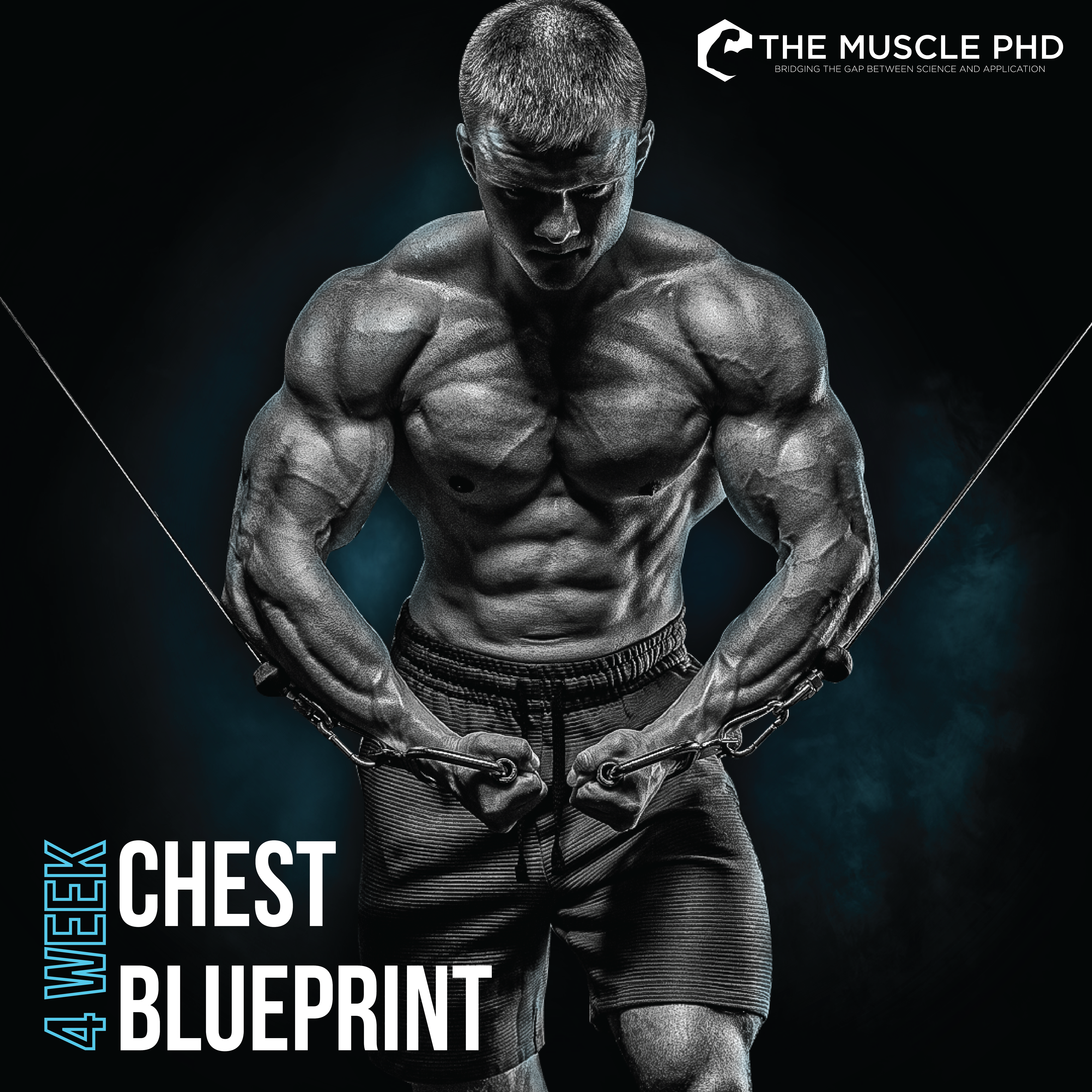Probably the biggest foundational skill that will help you throughout your bodybuilding lifestyle is being able to read a nutrition label. Sound a bit dull? Well you’ll be surprised by how much this skill can save your diet and keep you on track with your goals.
Go to your favorite store that sells fitness and nutritious products, pick one out, and look at its back label. You may well find that you don’t really understand what it says. That’s okay–it’s not really intuitive.
Granted, you can probably figure out how many calories something has, but even that may not be as intuitive as you’d hope. In addition to that, not many people know that some of the products they consume have a lot of calories in them.
The average consumer needs to eat about 2000 calories a day. If they look at the nutrition label, they might find that they’ve been eating a product with 800 calories, 40% of their average calories a day.
The skill of being able to read and understand a nutrition label gives you the power to be confident about what you’re putting into your body, and helps you stay on track toward your goals.
How Do You Read Fats on a Nutrition Label?
Right after checking the calories, which is usually the first thing listed, you should be looking at the fats included in the product. People make fats out to be the villain; unjustly so, because you actually need fats in your body.
Fats are important for many reasons. They help with producing healthy hormones and supporting a healthy sex drive, a healthy recovery, and healthy hair and skin. However, there are some fats you should avoid.

Stay away from trans fats, as they may cause potential disease states. You should focus on polyunsaturated and monounsaturated fats instead. These fats actually have a lot of anti-inflammatory benefits, which is great for recovery.
How Do You Read Carbohydrates on a Nutrition Label?
Carbohydrates are a little trickier than fats. The carbs section usually comes after fats, and right underneath the carb count you’ll see the fiber content in the product.
You need to calculate how many carbs you’re actually consuming in that meal or package by subtracting the amount of fiber from the amount of total carbs in the product. So if your product has 20g of carbs and 5g of fiber, that means you have a net carb amount of 15g.
Those 15g of carbs are what are going to impact you by raising your blood sugar and insulin levels, which is extremely important if you’re on a low-carb diet, a keto diet, or if you’re just trying to lose fat by watching your carbs.
How Do You Read Proteins on a Nutrition Label?

A lot of the “high protein” bars are actually a bit misleading, especially if you’re trying to build muscle. If you look closely at the label of one of these high-protein bars, you may find that the bar only has around 8-9g of protein, which really isn’t that high at all. A protein bar should have 15-20g of protein to really be considered “high protein.”
That’s because this is the amount of grams of protein you need to start building muscle and losing fat. In addition to this, you should be looking at the order that the ingredients are listed. Don’t just buy a 20g protein bar and decide that this is what you’ll use to build muscle.
Suppose the first ingredient in the protein bar is soy, the second one is rice, and the third one is collagen. This indicates a lower-quality protein bar since the bar is mostly composed of plant proteins. This means you’re probably not going to lose as much fat, nor will you build as much muscle.
You want the first ingredients to be either dairy, meat, or egg-based protein sources if you’re really trying to optimize your body composition. Now that you know how to read the 3 main macronutrients, you should have a more holistic view of a nutrition label.
Go back to that carb section and look at the sugar content. If there is a higher percentage of carbs and sugar than fiber, the product is more likely to make you hungry. If it has less sugar and higher fiber, you’re more likely to feel full after eating it.
We hope this article helped you understand the important skill of being able to read the nutrition label. We’ll see you again in the next article.









